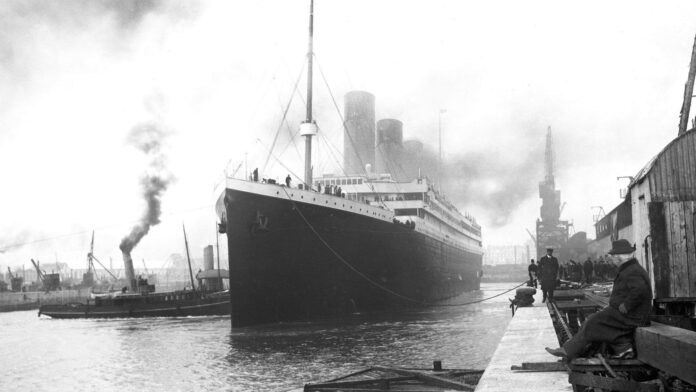The Titanic, the world’s largest ship at the time of its construction and famously deemed unsinkable, has become a source of fascination for explorers. The shipwreck, which now rests 12,400 feet beneath sea level in the North Atlantic Ocean off the coast of Newfoundland, Canada, claimed the lives of five people in 2023 when their submersible imploded.
The Titanic was built at a shipyard in Belfast, Northern Ireland, between 1909 and 1911. Crafted by Harland and Wolff and White Star Line at the Thompson Dock, the famous boat was designed by architect Alexander Carlisle as the largest passenger liner of its time.
Construction of the Titanic took nearly three years and cost around £1.5 million, equivalent to about £170 million today. Over 14,000 men were employed during the peak of construction, and the ship’s frame was fully formed in just over a year. The Titanic, known for its supposed unsinkable nature, was released from dry dock in 1911.
Despite being declared seaworthy just eight days before its maiden voyage, the Titanic was equipped with only 20 lifeboats, capable of accommodating around 1,100 people – far fewer than the 2,224 on board. The ship’s design segregated first, second, and third-class passengers, with first-class cabins costing travelers about $3,500 in today’s money.
The ill-fated Titanic set sail from Southampton, England, on April 10, 1912, en route to New York City, United States. However, disaster struck just five days into the voyage when the ship struck an iceberg. The Titanic sank on April 15, 1912, claiming the lives of more than 1,500 passengers and crew.
In a tragic incident in June 2023, a submarine carrying five passengers, including billionaire Hamish Harding, disappeared while en route to view the wreckage of the Titanic.
After an intensive search effort, debris from the missing submarine was discovered near the shipwreck. The submarine’s creators, OceanGate, confirmed that the five individuals on board had tragically lost their lives.

